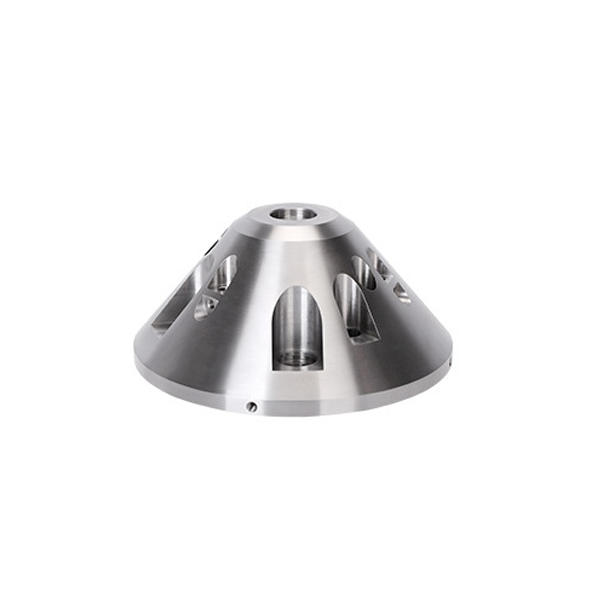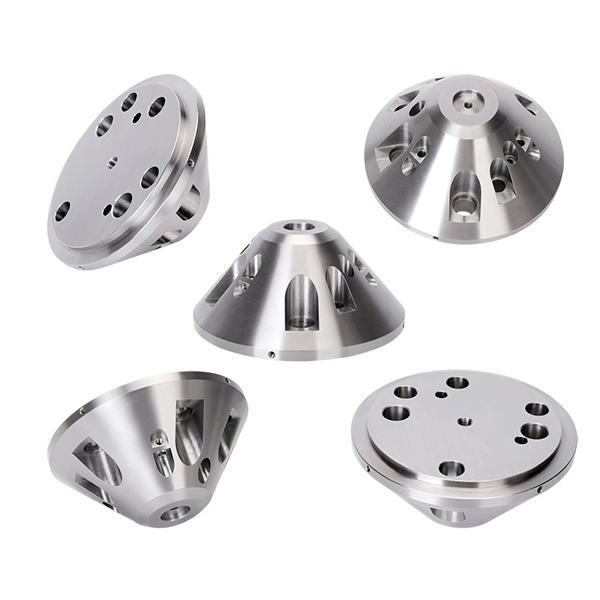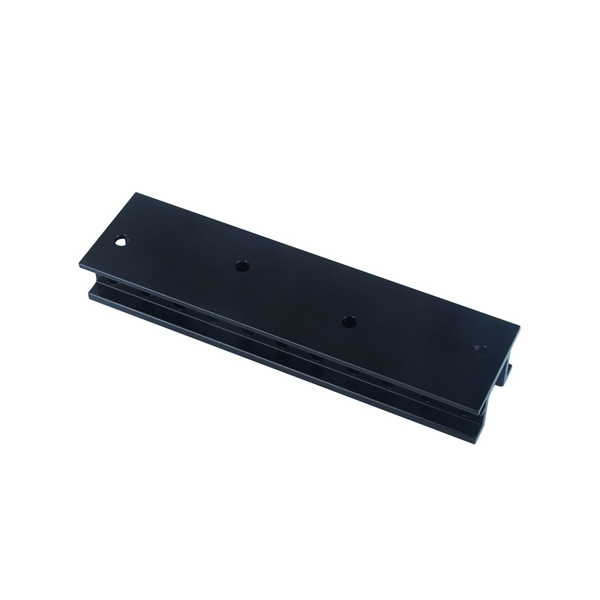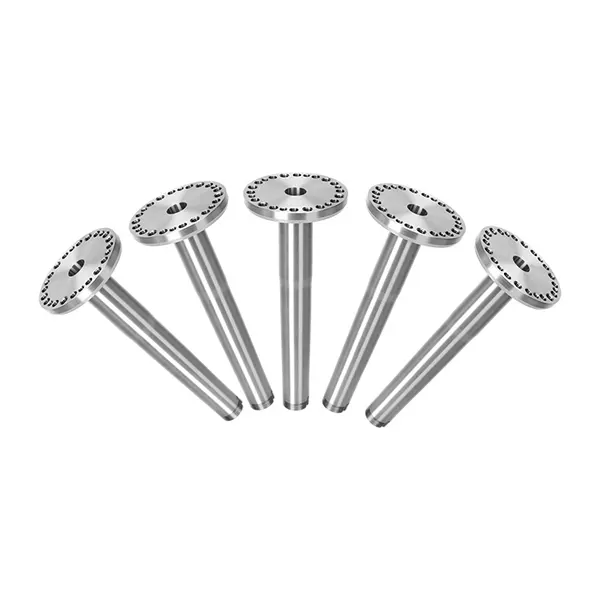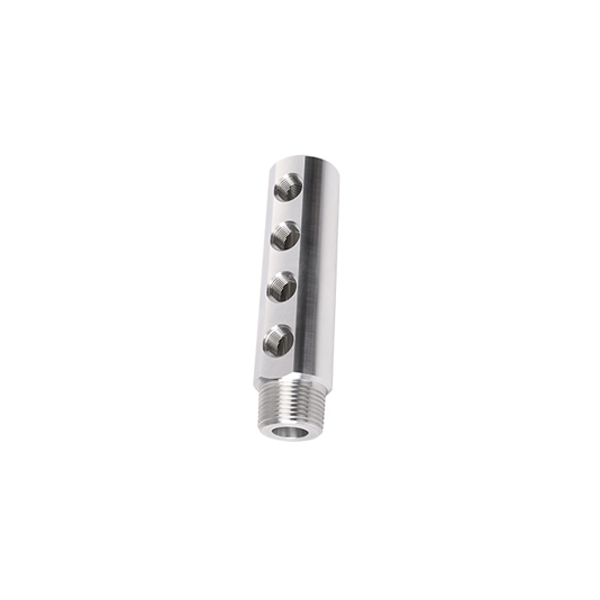GD Prototyping

CNC Turning Parts
-
Machining Process: CNC turning, live tooling, multi-axis turning
-
Accuracy: ±0.005 mm tolerances
-
Material Options: Aluminum, stainless steel, titanium, copper, brass, engineering plastics
-
Surface Finishes: Anodizing, plating, polishing, powder coating, passivation
-
Batch Capability: Prototyping, low-volume, and high-volume runs
-
Size Range: Small precision parts to large shafts and housings
- Description
- Specification
- Application
- FAQS
With CNC turning, you can create parts that meet precise dimensional and surface finish requirements. The process uses computer numerical control to shape rotating material with cutting tools, forming the exact features your project needs. It supports a wide range of industries, including automotive, aerospace, electronics, medical devices, and general engineering.
You can work with materials such as aluminum, stainless steel, brass, titanium, and engineered plastics. The choice depends on your performance goals, strength requirements, and operating conditions. CNC turning enables you to produce cylindrical, conical, and contoured shapes, along with grooves, threads, and tapers.
By maintaining proper calibration, selecting the right tooling, and applying consistent process control, you achieve high accuracy. The equipment can hold fine tolerances, and you can adjust cutting speed, tooling, and finishing steps to meet both functional and aesthetic needs.
Whether you need prototypes or higher-volume production, CNC turning adapts to your schedule. Lead times vary with part complexity, order size, and production load. You can apply in-process and final inspections to confirm every component matches your drawings or models.
CNC turning offers flexibility for producing shafts, bushings, fasteners, fittings, and custom parts. You benefit from repeatable results that help maintain supply consistency and control costs over time.
By choosing CNC turning, you combine advanced technology, skilled programming, and hands-on expertise to produce rotationally symmetrical parts with consistent quality. This approach gives you a reliable solution for components that need precision, durability, and seamless integration into your assemblies.
| Parameter | Value / Description |
|---|---|
| Material Options | Metals (stainless steel, aluminum, brass, copper, titanium), plastics (ABS, POM, Nylon) |
| Tolerance | Typically ±0.01 mm to ±0.1 mm, depending on material and part complexity |
| Part Size | Suitable for small to medium-sized parts (diameter up to 300 mm and length up to 1000 mm) |
| Surface Finish Options | Smooth, matte, polished, anodized, brushed, or custom finishes based on part requirements |
- Automotive:Engine components, shafts, gears, bushings, and fittings that require precision and durability for high-performance vehicles.
- Aerospace:Parts like turbine blades, actuators, landing gear components, and housings that need lightweight, high-strength materials and precision machining.
- Medical Devices:Custom surgical tools, implants, fittings, and diagnostic equipment parts that require tight tolerances and high biocompatibility.
- Industrial Equipment:Parts such as valves, bearings, bushings, and precision mechanical components used in manufacturing machinery and automation systems.
- Consumer Electronics:Housings, connectors, and internal components for devices such as smartphones, tablets, and laptops that require both aesthetics and functionality.
- Robotics:Precision components for robotic arms, joints, gears, and actuators, including custom parts for automation and assembly systems.
- Energy & Power:Parts for turbines, power generators, pumps, and other machinery requiring high durability and efficiency in harsh environments.
- Marine Industry:Boat propellers, hull components, fittings, and hardware designed to withstand harsh marine conditions while maintaining precision.
Q1: What are CNC turning parts?
They are components manufactured by rotating a workpiece while cutting tools shape it into cylindrical or round forms.
Q2: What materials can be used for CNC turning?
Aluminum, stainless steel, titanium, brass, copper, and engineering plastics.
Q3: How accurate are CNC turned parts?
We achieve tolerances as tight as ±0.005 mm.
Q4: Do you offer small-batch production?
Yes, we support prototyping, low-volume runs, and high-volume manufacturing.
Q5: Can CNC turning parts be surface finished?
Absolutely—we provide anodizing, plating, polishing, and coating options.

